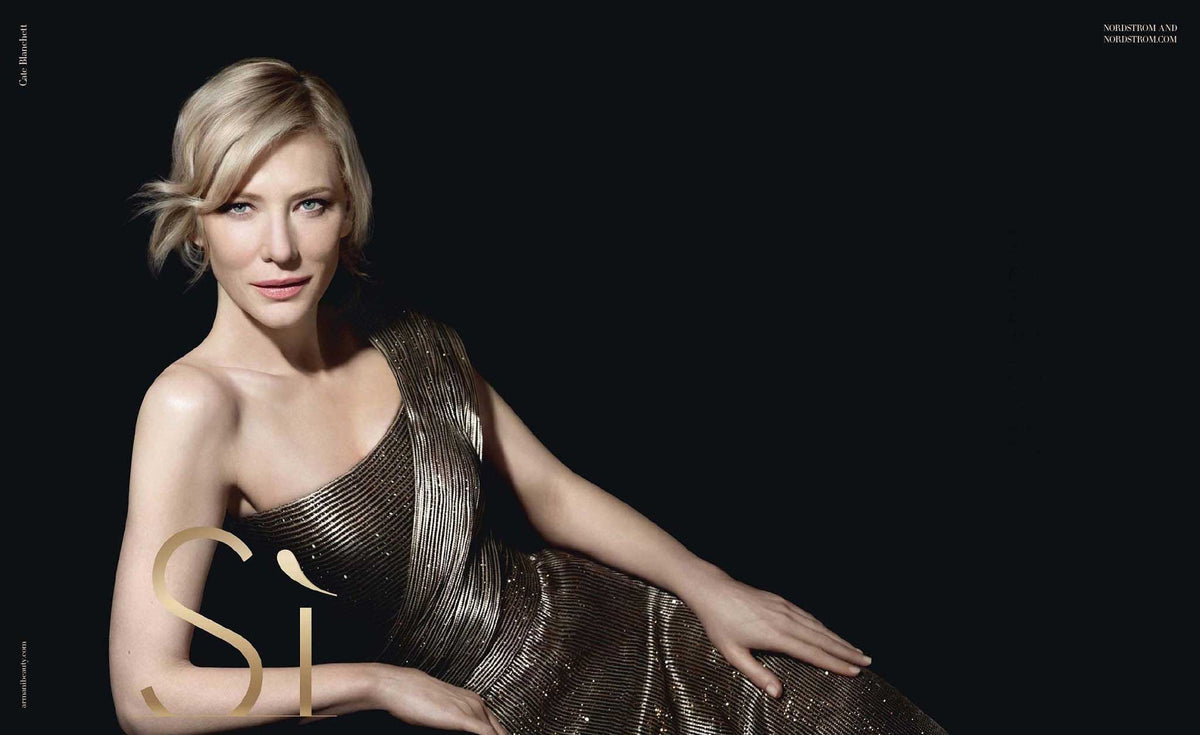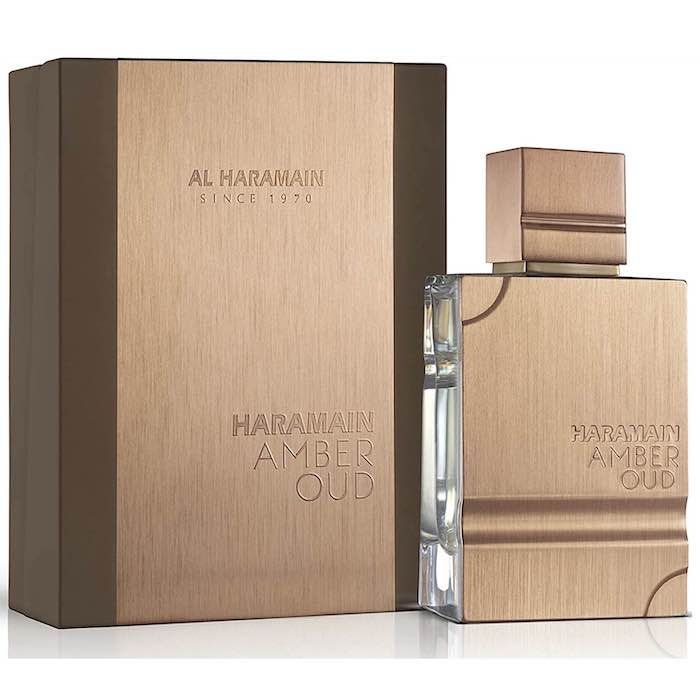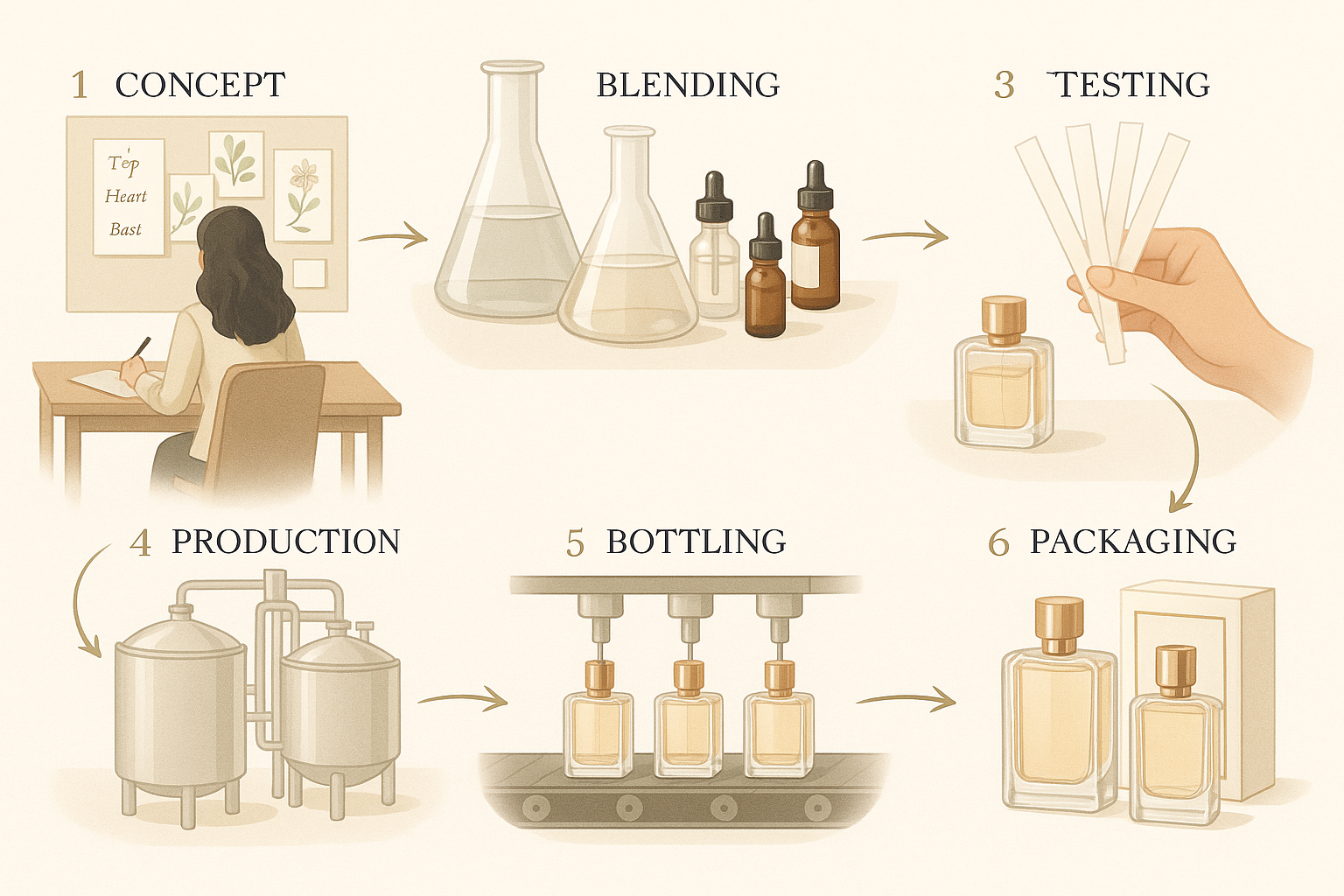Perfume creation is an art form that fuses chemistry, design, and storytelling. Every bottle of fragrance represents months—sometimes years—of meticulous work involving perfumers, evaluators, designers, and marketing experts. Behind every scent you love lies a fascinating process that begins with an idea and ends with a finished product on the shelf. Here’s a deep dive into how perfumes are made from concept to bottle.
1. The Birth of an Idea
Every perfume starts with a concept—a vision that defines what the scent should express. Sometimes, a brand wants to evoke a place (like the Mediterranean coast), an emotion (passion, serenity, power), or a type of person (modern, classic, mysterious).
Perfume houses collaborate closely with creative directors to translate that abstract idea into a sensory experience. This is where mood boards, color palettes, and storytelling come into play. The concept guides every decision that follows—from ingredient selection to packaging design.
2. The Perfumer’s Palette
Once the concept is set, the “nose” (perfumier) steps in. Perfumers are olfactory artists who have access to an enormous palette of raw materials—natural extracts, essential oils, and synthetic molecules.
-
Natural ingredients include flowers (rose, jasmine), fruits (bergamot, peach), spices (cinnamon, clove), and resins (amber, frankincense).
-
Synthetic ingredients are lab-created compounds that replicate or enhance scents not easily obtained from nature, such as musk or ozone-like notes.
Modern perfumes typically contain a blend of both. Naturals bring complexity and authenticity, while synthetics ensure stability, longevity, and affordability.
3. Building the Fragrance Structure
Perfume composition is like music—it has a structure made up of top, heart, and base notes.
-
Top notes: These are the first impressions—fresh, light scents like citrus or green notes that fade quickly.
-
Heart notes: They form the core character of the perfume, usually floral or spicy.
-
Base notes: The foundation, often composed of woods, musk, and amber, which linger for hours.
Perfumers experiment endlessly to balance these layers. It can take dozens—even hundreds—of trials to achieve harmony. Each iteration is evaluated, tested, and refined until the fragrance conveys the intended emotion perfectly.
4. The Science of Stability and Longevity
Once a formula is finalized, the fragrance undergoes stability testing. The goal is to ensure the scent remains consistent under various conditions—heat, light, humidity, and time.
This phase involves measuring evaporation rates, checking color changes, and ensuring the perfume’s composition doesn’t degrade in the bottle.
Perfume houses often test the fragrance on different skin types to assess longevity and projection (how far the scent travels from the body).
5. Sourcing and Sustainability
Modern consumers demand transparency and eco-consciousness. As a result, many perfume brands are investing in ethical sourcing and sustainable farming of natural ingredients.
For example, vetiver from Haiti or patchouli from Indonesia may come from community programs ensuring fair wages and reforestation. Synthetic alternatives are also used to reduce pressure on endangered plants or animal-derived substances like musk.
6. The Art of Bottling and Design
The bottle is more than just packaging—it’s a vital part of the perfume’s identity. Designers work to capture the essence of the scent visually. A bold fragrance may come in a sculpted, heavy glass bottle; a romantic one, in soft curves with pastel tones.
Luxury houses often collaborate with renowned artists or design studios for custom creations. The cap, atomizer, and even the spray feel are carefully tested to provide a luxurious experience.
7. Quality Control and Production
Once the design and formula are approved, the perfume enters production. Each batch is mixed in controlled environments, filtered, and allowed to mature—a process known as “maceration,” where the ingredients blend and settle for optimal scent balance.
After maceration, the perfume is diluted with alcohol to the desired concentration—Eau de Parfum (EDP), Eau de Toilette (EDT), or Parfum—then bottled, sealed, and labeled.
8. Marketing, Launch, and Storytelling
No perfume lives in isolation. The final stage is launching the fragrance into the world with a powerful narrative.
Campaigns often use cinematic visuals, celebrity endorsements, and evocative taglines to communicate the essence of the scent. Think of Chanel No. 5’s timeless allure or Dior’s sensual elegance—marketing transforms perfume from a product into an emotion.
9. From You to the World
Once released, perfumes find their way to department stores, boutiques, and online retailers. For consumers, it’s the beginning of a personal relationship—each spray interacting differently with individual skin chemistry, mood, and memory.
That’s the magic of perfumery: the same fragrance can tell a thousand stories depending on who wears it.





0 comments